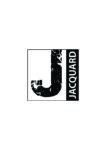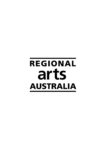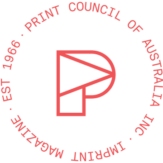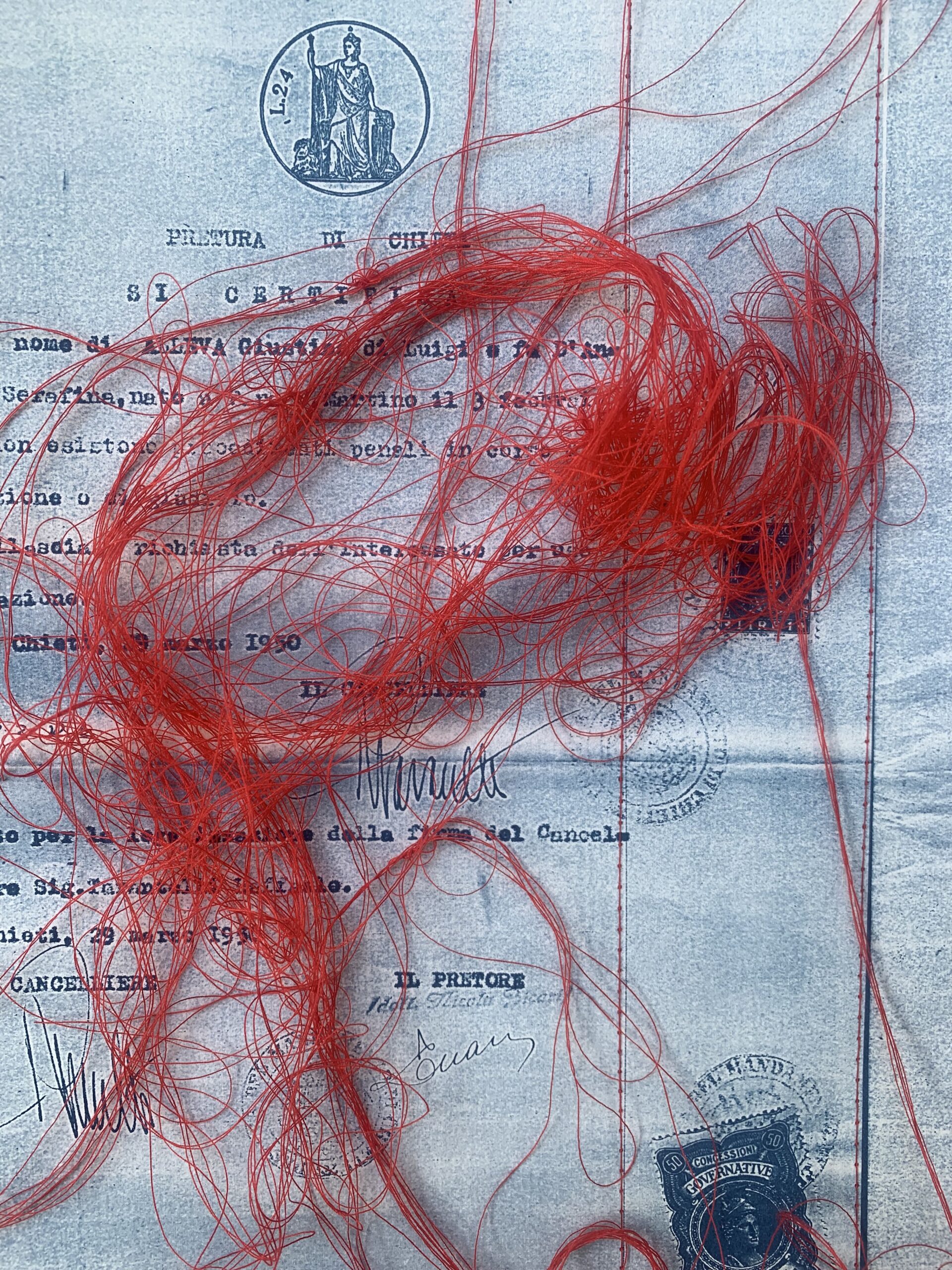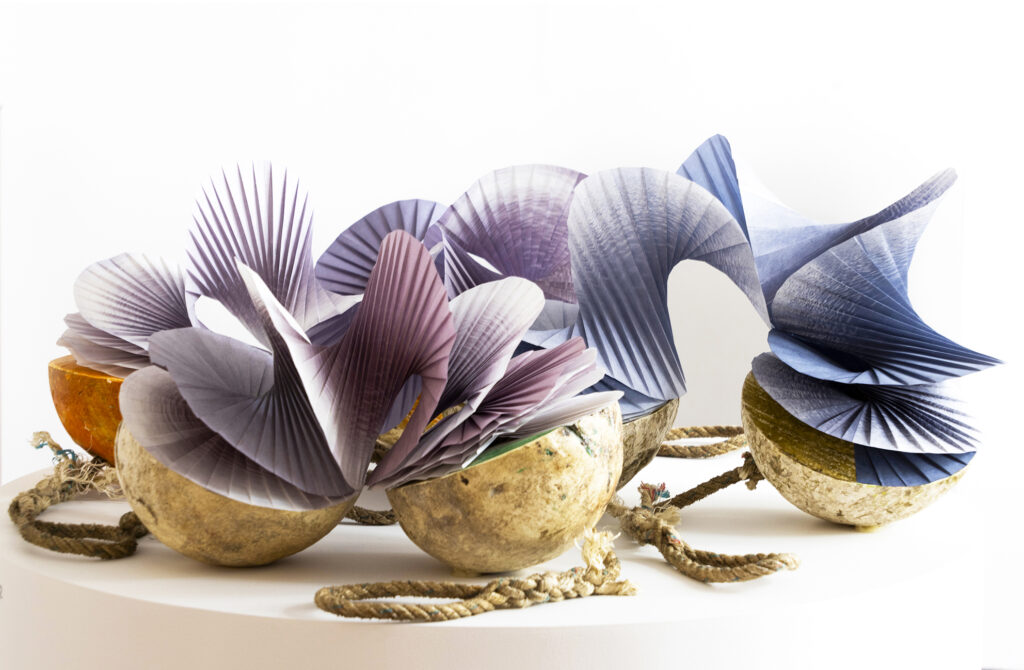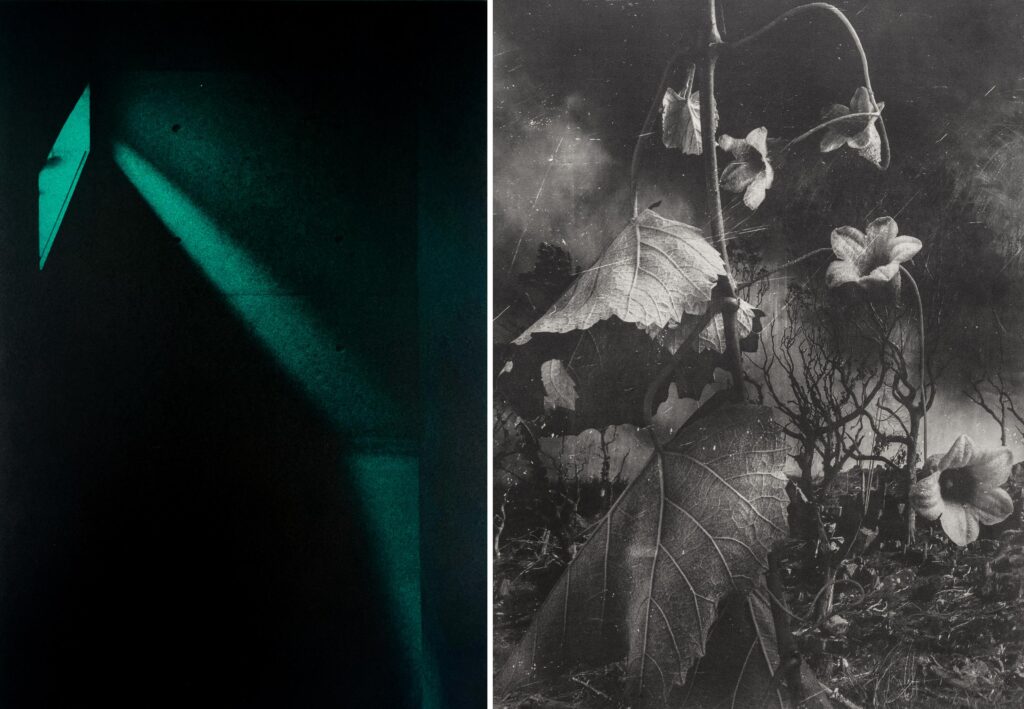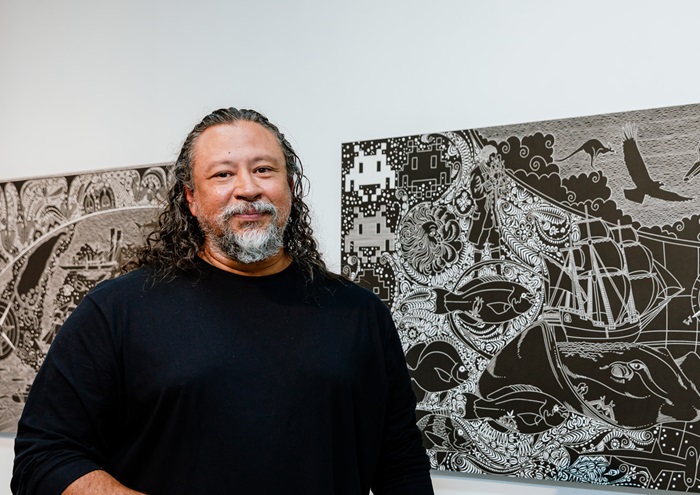Tracing Threads: Katie Alleva
Katie Alleva traces the threads of family history and reverberating trauma.
4 October, 2023
In Exhibitions,
Printmaking, Past Exhibitions
Q: What were some of the foundation ideas for this exhibition project?
KA: Tracing Threads: across the emotional landscapes of self, is a re-writing of the personal migration story of my Italian Alleva family. This show reflects on how the exposure of our personal histories empowers the personal spaces between academic and artistic disciplines, adds to the richness of the new embodied mobilities paradigm, explores how art exhibitions can publicly disseminate research to reach individual and community audiences, and considers how engagement with the exhibition may assist with the emotional processing of intergenerational trauma.
This show draws upon four ways to utilise materials, techniques, and research to reflect on intergenerational trauma caused by migration. These are the use of red threads in stitching as part of art practice, the use of archival source material (some materials from family archives and others from national/international archives and secondary sources), and the use of photography and cartography. The materiality of red threads and the process of stitching is employed as a conceptual space in which red threads are imagined as embodied trauma.
The creative project, Tracing Threads, is a large body of works that collectively investigates the impacts of conflict, war, migration, and subsequent dislocation on the Alleva family. This interdisciplinary creative project has reflected on the mysterious spaces between disciplines and reconstructed a personal family migration story.
My work amplifies the Alleva family’s ancestral voices and places them in a re-imagined presence as part of a valued history. The intimacy of the Alleva migrant story adds to the historical pool of narratives from Italian migrants living in Australia.
Q: How did the artwork selection take place?
KA: The Alleva family archives consist of old black-and-white photographs, migration documents, and objects with sentimental value. Selected pieces are re-imagined creating artworks and offer tangible evidence of the personal histories of my Italian ancestors. My approach began with searching through the Alleva family archives and gathering as much data as possible. As questions arose, I approached family members and asked if they could add to the pool of knowledge. My approach was to find and give material form to the invisible thread that runs through the life events of my Italian ancestors. I had to ask myself how my own suffering, as a third-generation migrant, links to this invisible thread that connects all the generations.
I set out to reconstruct my family’s ancestral history in the hope that I could stop the repeated disturbances. I was compelled to reconstruct the ancestral biographies to stop the trauma from being passed down to the next generations. Trauma can be complex, and is often experienced or felt after the event and trauma may reverberate through the generations. My approach was to exhibit the work in a gallery as a bold act of “exposure”, in the hope of transforming recovery.
Q: What are some of the key works and what subject matter do they deal with?
KA: My art practice grapples with how I can theorise about “entanglements” such as war, conflict, devastation, loss, and the associated activities/actions of moving, settlement, emotion, memory, longing and belonging which leads to cultural fusion and cultural confusion. I am suggesting these are embedded experiences involved in intergenerational trauma and hope to solve and heal the saga of my inherited past. Red threads can create a visual mapping of the narrative where the trauma reveals itself as entanglements. Here the making of the creative work calls for one to contemplate, and slow down to “process” forgotten or repressed emotional spaces within. As I contemplate each stitch, the movement of the sewing machine, and the flow of the threads. Threads have been used to represent emotions. Despite their fragility, I suspected they could also represent the mobility of the emotional weight of crisis migration.
In the work, Ancestral Blood, I repeatedly machine-stitched gossamer red threads onto a cyanotype image of two cupids holding up the crown of Italian culture. These threads are my ancestral bloodline, they hold memories of my Italian culture, of an urban backyard, full of fruits and rows of vegetables, of garlic, strung up in the garage, the smell of basil wafting near the backdoor, the Roma tomatoes sitting in the dark in the garage to ripen, the strong sensual aromas of my Nona’s red sauce bubbling away on the stove, the ritualistic grating of the parmesan cheese before every meal, and the strawberry patch from which I used to eat.
In Topographical search, fragile red threads hang from the image, tangled and delicately moving in the airconditioned breeze of the gallery. Conceptually, it is as if the trauma is alive, living and breathing right in front of the audience. The viewer with their eerie gentle undulating movements. The red threads trace the family blood, to the mountain range. They attempt to reclaim… what, I do not know. They embed themselves in the maps to signify the loss of land, culture, and family connections.
During my research, I discovered Serafina was silent in the archives. She represents the mysterious matriarchal other, the repressed stories and emotions of Italian women in a patriarchal Italian culture. I only found one image of her. Whilst I initially focused on piecing together the stories of the patriarchal line, it was Serafina’s story to which I needed to give a voice.
Our family’s oral history records that Serafina lost ten, maybe eleven, children. While I could not verify this with documentary evidence, I relied on Ricatti’s idea to conclude that there was truth in these oral stories. Ricatti asserts that the “emotion of truth,” may address
the relationship between the past and the present, “[and] has the potential for cultural understanding, political activism and social justice” as research methods (2013, p. 144). An example of rewriting the archive is by acknowledging Serafina in the creative work, and all the hardship she went through. Giving Serafina a voice has been a most enriching part of this creative process.
I could bring her past traumatic silences out four generations later and connect Serafina with myself. In Across the generations, our self-portraits are flipped so we look at each other across time. We wear the same necklace (a family heirloom passed down across generations) that suspends us in time as anchors. The necklace holds the weight of the trauma for the family.
—
Tracing Threads is at the Print Council of Australia Gallery, Studio 2 Guild, 152 Sturt St, Southbank, 3-20 October. OPENING RECEPTION: 5 October, 5pm – 7pm. GALLERY HOURS Tues-Fri 10am-4pm
—
Join the PCA and become a member. You’ll get the fine-art quarterly print magazine Imprint, free promotion of your exhibitions, discounts on art materials and a range of other exclusive benefits.
Below:
Katie Alleva, Ancestral blood, 2023, cyanotype, red ink, red stitching, and red threads
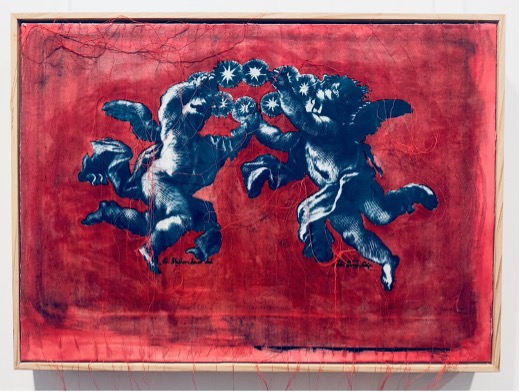
Below:
Topographical search, 2023, drypoint, red threads, machine stitching, renaissance wax, oak frame, 50 x 70 cm
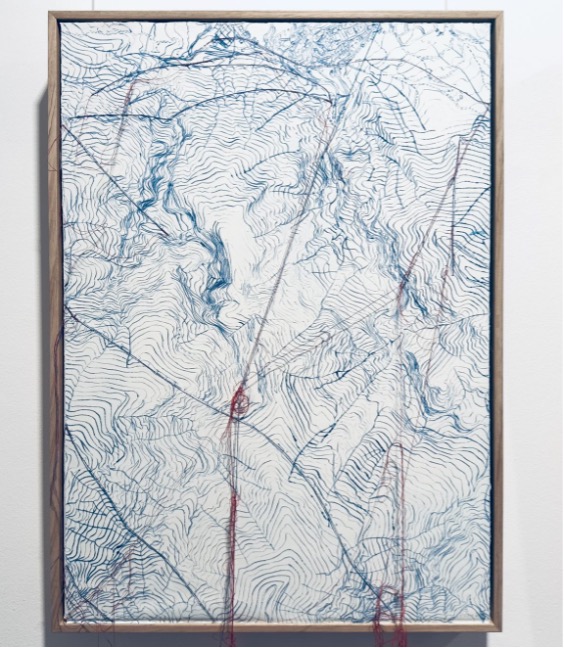
Below:
Saint Serafina, 2023, cyanotype, stitching, ink, 24K gold leaf, 37 x 51.5 cm
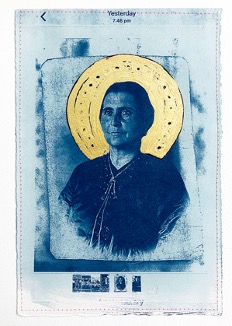
Below:
Across the generations, 2023, cyanotype, red stitching, perforations, renaissance wax, 19 x 28 cm
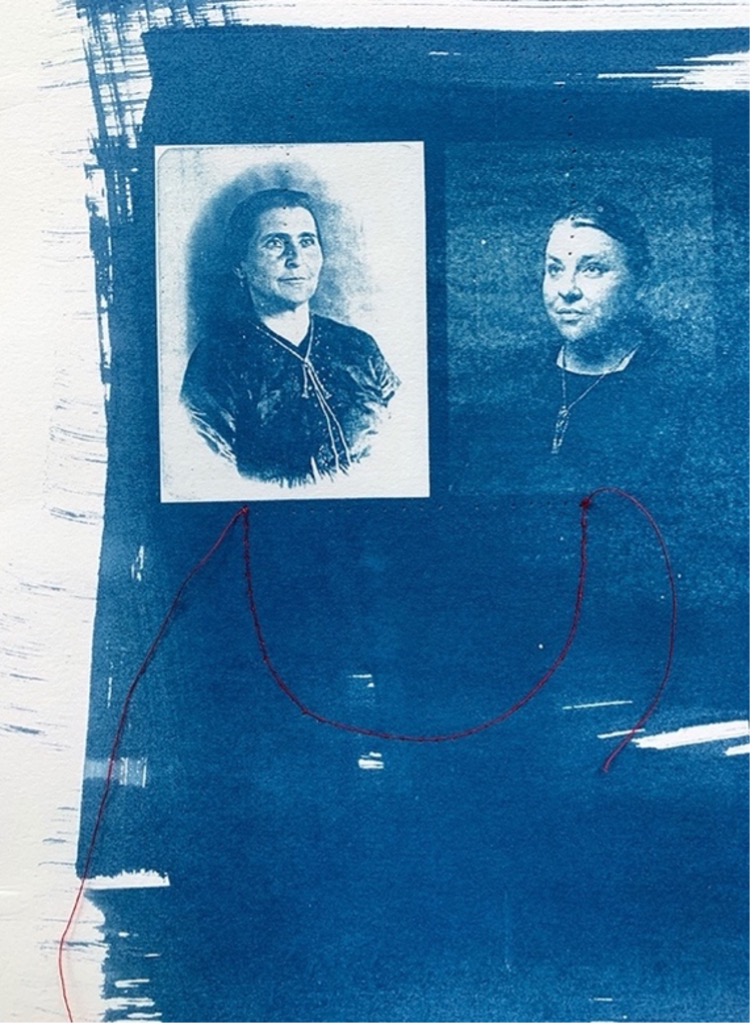
Below:
Ugolino Vivaldi, 2023, cyanotype on cotton sateen, collaged, stitched, 1.485 x 1.89 metres
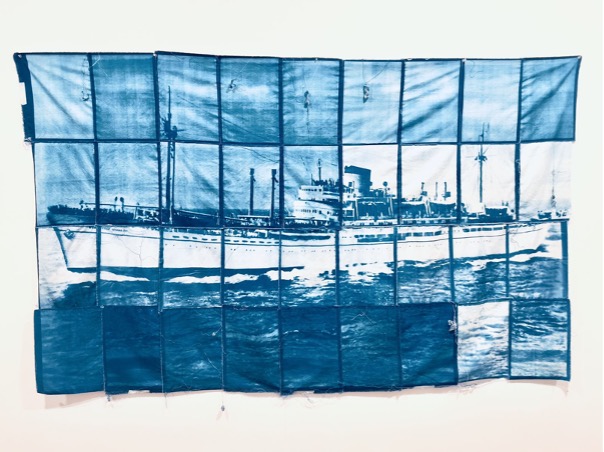
Below:
Imprinted memories, 2023, cyanotype, red thread, hand stitching, 50 x 70 cm
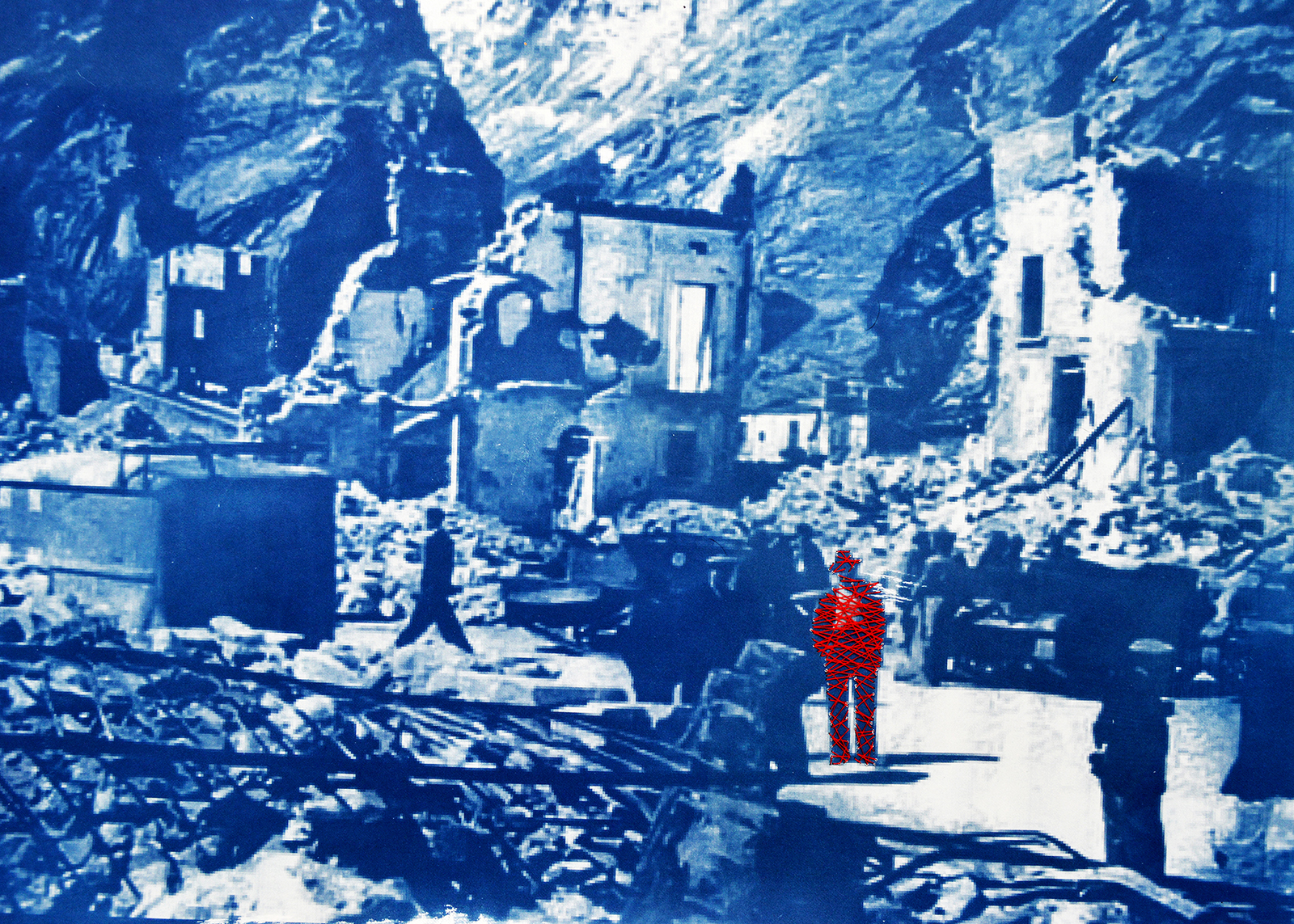
Katie Alleva’s project was supported by the following sponsors:
